Hunting has deep roots in American culture, attracting outdoor enthusiasts all year. However, hunting safety and proper tactics are critical. The usage of blazing orange clothing is one of the most apparent parts of responsible hunting.
In this post, we’ll dive into the question of why hunters wear oranges and look at the importance of blaze oranges in hunting, looking at both safety concerns and legal requirements.
Why Do Hunters Wear Orange?
The first and foremost reason hunters wear blaze orange is safety. Orange is a color for danger and caution, and is one of the most visible colors to the human eye.
The vibrant, eye-catching color stands out dramatically against natural backgrounds, making hunters more visible to one another. This visibility helps prevent tragic hunting accidents, particularly during deer season when hunting pressure is high.
While deer are color blind to blaze orange, humans are not. It’s essential to prioritize human safety, as many hunting accidents involve hunters mistaking other hunters for game animals.
Blaze orange clothing and gear reduce the chances of such misunderstandings, ensuring that every hunter returns home safely after the hunt.
State Legal Mandates for Hunting Orange
Hunting regulations vary from state to state, and one of the most common legal mandates across the United States is the requirement to wear blaze orange while hunting on public lands.
In fact, 42 out of 50 states have mandated the use of blaze orange hunting apparel for various types of hunts, not just deer hunting.
These mandates are not taken lightly and serve as a testament to the importance of safety in the field.
The remaining 8 states may not impose legal requirements, but even in these regions, local laws and wildlife agencies strongly recommend that hunters use blaze orange.
While it may not be mandatory, it is still viewed as a best practice and an integral part of responsible hunting.
Understanding the specifics of blaze orange mandates can vary from state to state. In some states, such as Pennsylvania, hunters are required to wear at least 250 square inches of blaze orange material on their head, chest, and back combined.
Others, like Michigan, have different regulations for firearm and archery seasons, with firearm hunters needing more blaze orange coverage.
It’s crucial for hunters to familiarize themselves with their state’s regulations, as non-compliance can lead to fines and penalties.
Responsible hunters take these regulations seriously, not only for their own safety but also to uphold ethical hunting standards.
Can Animals See Blaze Orange?
One common question that arises is whether game animals can see the colors that hunters wear, particularly blaze orange.
While it’s impossible to know exactly how animals perceive colors, we can draw insights from their visual systems and behavior.
- Deers – for instance, are believed to be color-blind to long wavelengths like orange. However, they do see short wavelengths (blues and violets) better than humans. While deer may not perceive blaze orange as vividly as humans do, the science suggests that they still see it to some extent. The key takeaway here is that a blaze orange doesn’t make hunters invisible to deer but rather reduces the chances of other hunters mistaking them for game. Learn more: What Color Can Deer See?
- Turkey – Turkeys have good color vision and can distinguish between a wide range of colors, including reds and oranges. While turkeys may not see blaze orange as vividly as people do, they can still detect it. To remain undiscovered, turkey hunters must rely on other methods such as camouflage and careful movement. Learn more: Do You Wear Orange Or Camo When Turkey Hunting?
- Elk – Like deer, elk have dichromatic vision. They can see blues and greens better than reds, thus flaming orange appears muted to them. Elk, like deer, rely on additional sensory signals to detect potential dangers, such as sound and scent.
- Waterfowl – Ducks and geese have exceptional color vision and can see a wide range of colors, including reds, oranges, and yellows. Waterfowl may see blaze orange as a distinct hue, but their primary concentration is on movement and silhouette. As a result, waterfowl hunters must blend in with their environment and employ suitable concealing strategies.
While animals may see blaze orange differently than humans, hunters should focus on reducing movement, adopting proper camouflage, and employing effective concealment methods.
It’s critical to realize that animals use a variety of senses to detect potential threats, including eyesight, sound, and smell. Hunters can boost their chances of remaining unnoticed and increase their hunting success by combining these tactics.
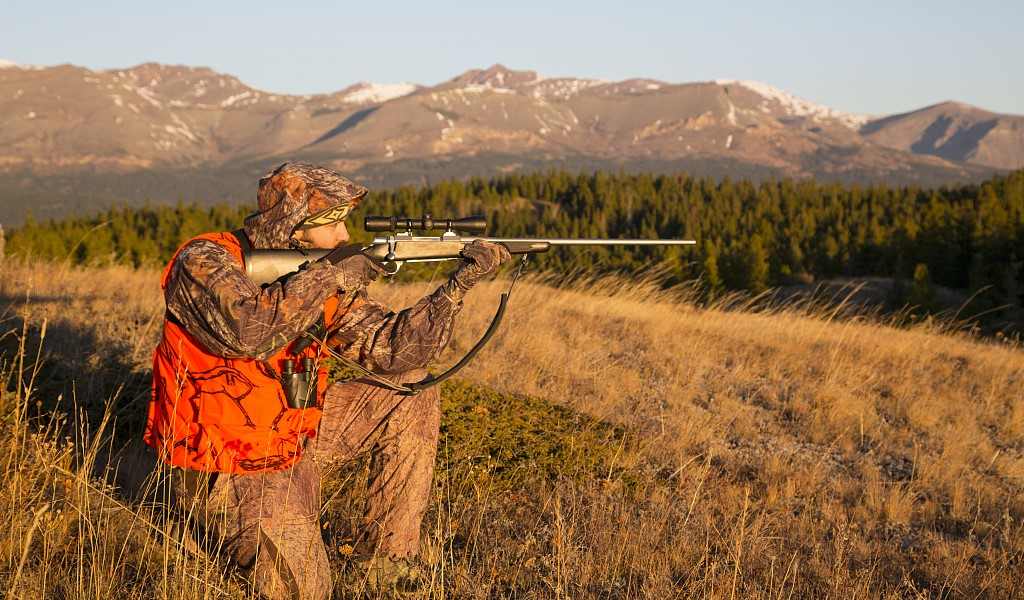
How Much Orange Do Hunters Have to Wear?
The requirement of 400 square inches of visible orange aims to ensure that a large part of a hunter’s upper body can be seen from all angles. This is about the size of four standard sheets of paper, providing a clear visual signal in the woods. While this requirement varies by state, 400 square inches is a common standard during firearm hunting seasons.
State wildlife authorities enforce the rule to wear hunter orange as part of hunting safety regulations. Each state has its own rules regarding blaze orange, with some requiring it during specific hunting seasons or for certain types of game. For example, states like Connecticut, Delaware, and Montana require hunters to wear this amount of orange during firearm hunting periods.
Alternative Colors for Hunting Safety
Some hunters may wonder if there are alternative colors they can wear. While blaze orange is the go-to color for visibility and safety, there are other considerations for specific hunting scenarios. For instance:
Camouflage: In situations where stealth and blending into the environment are critical, hunters often wear camouflage patterns. These patterns are designed to match the natural surroundings and stay hidden.
Blaze Pink: Hunters can wear pink during hunting. Blaze pink is an increasingly popular alternative to traditional blaze orange, offering a unique option for hunters who want to stand out while also being mindful of safety. This vibrant color provides the same level of visibility to other hunters, ensuring safe identification in the field. Many manufacturers are now producing a variety of hunting gear and accessories in blaze pink, from jackets to hats, making it a fashionable choice that meets safety regulations while allowing hunters to feel confident and comfortable.
Safety Orange and Camo Combos: Some hunting clothing manufacturers offer hybrid designs that combine blaze orange with camouflage. These garments provide both visibility and camouflage, catering to a wider range of hunting conditions. Such as the Kalkal Safety Harness, which combines camo and orange into the design. You can wear it for safety as well as storage for your ammo and accessories.
Snow Camouflage: In snowy environments, hunters may opt for snow camouflage, which helps them blend into the white landscape. However, even in these conditions, don’t fully wear white clothes only, a blaze orange hat or vest is recommended for safety.
Waterfowl Hunting: Waterfowl hunters frequently use shades of camo that mimic the colors of wetlands and marshes. While blaze orange may not be as common in waterfowl hunting, it’s still recommended to wear for identifying fellow hunters and maintaining safety.
Do Hunters Have to Wear Orange on Private Property?
Whether you need to wear hunter orange on private property depends on the state regulations and the specific circumstances of your hunting activity.
- Public Land: Most states require hunters to wear a specific amount of hunter orange (often around 400 square inches) when hunting on public lands to enhance visibility and safety.
- Private Property: The rules can differ significantly for private property. In many states, hunters are not required to wear hunter orange when hunting on their own property or that of immediate family members.
Here are a few examples of whether you need to wear blaze orange clothes during hunting. For instance:
In North Carolina, landowners and their spouses or children are exempt from wearing hunter-orange while hunting on their own land.
While, in Texas, the requirement for wearing 144 square inches of blaze orange applies only to public hunting lands. There is no such requirement for private property unless specified by local regulations.
Colorado mandates that hunters wear fluorescent orange or pink during certain hunting seasons, but archery hunters on private land do not have to wear it unless they choose to for safety reasons.
In Missouri, while wearing hunter orange is strongly urged for safety, it is not required on private property unless hunting during specific firearm seasons.
Each state has its own regulations so it is better to check out local laws before going on a hunt.
FAQs About Hunting Safety Colors
Why wear camo when hunting?
Camo helps hunters blend into their surroundings, making it harder for game animals to detect them. It’s useful for concealment.
What is the point of camo if you wear orange?
Camo helps hunters blend into their surroundings, but orange is for safety, not concealment. It prevents accidents by making hunters visible to each other.
Does orange defeat the purpose of camouflage?
No, orange doesn’t defeat it. Camo is for hiding from game animals, while orange is for being seen by other hunters to prevent accidents.
What is the orange called for hunting?
The orange used for hunting is often called “blaze orange” or “safety orange.”
Are deer afraid of the color orange?
Deer can see some shades of orange, but they don’t necessarily associate it with danger. It’s primarily for human safety.
Is orange a good color for hunting?
Yes, orange is crucial for hunter safety. It doesn’t scare game animals, but it keeps hunters visible to each other.
In Conclusion
Blaze orange is not just a color; it’s a symbol of responsible hunting and safety. It helps hunters stand out in the woods and fields, reducing the risk of accidents. Moreover, it’s often mandated by state and local laws to ensure the well-being of everyone in the hunting community.
Understanding the importance of blaze orange, both in terms of safety and compliance with hunting regulations, is fundamental to becoming a responsible and ethical hunter.
By prioritizing safety and adhering to the use of blaze orange, hunters contribute to the preservation of their beloved outdoor traditions for generations to come.


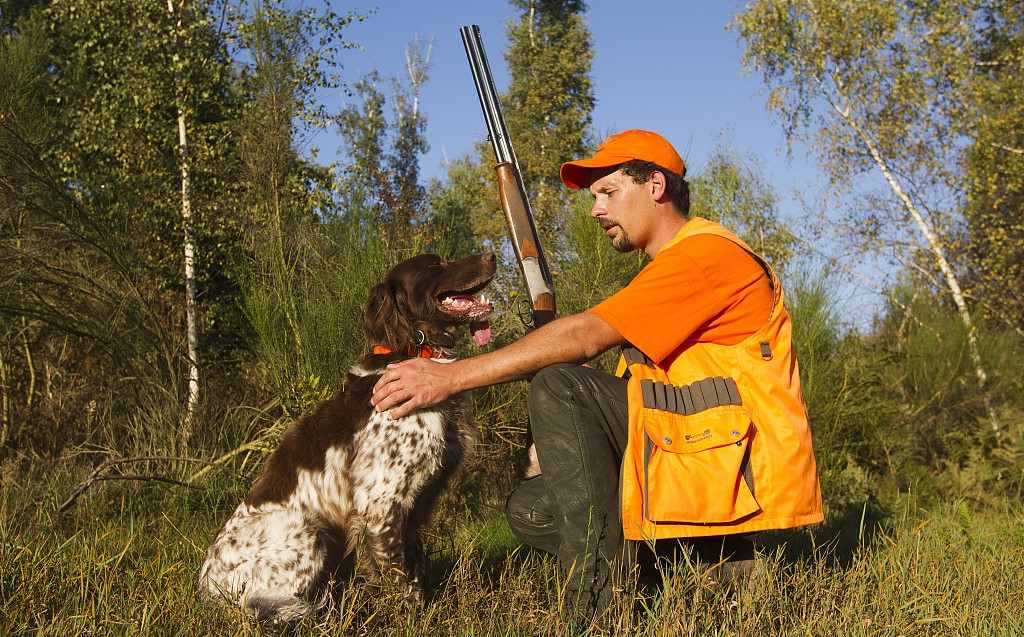




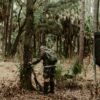

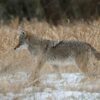




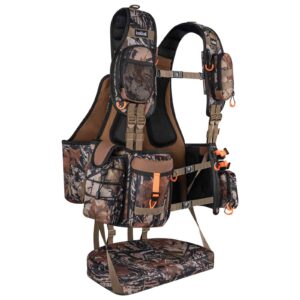
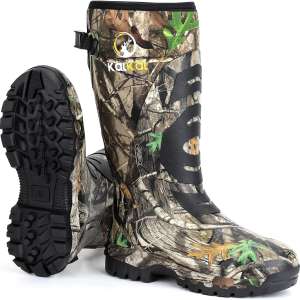
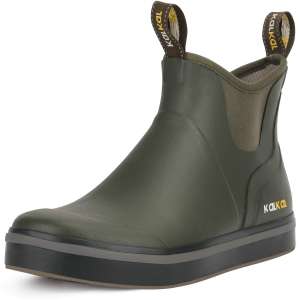


Leave a reply